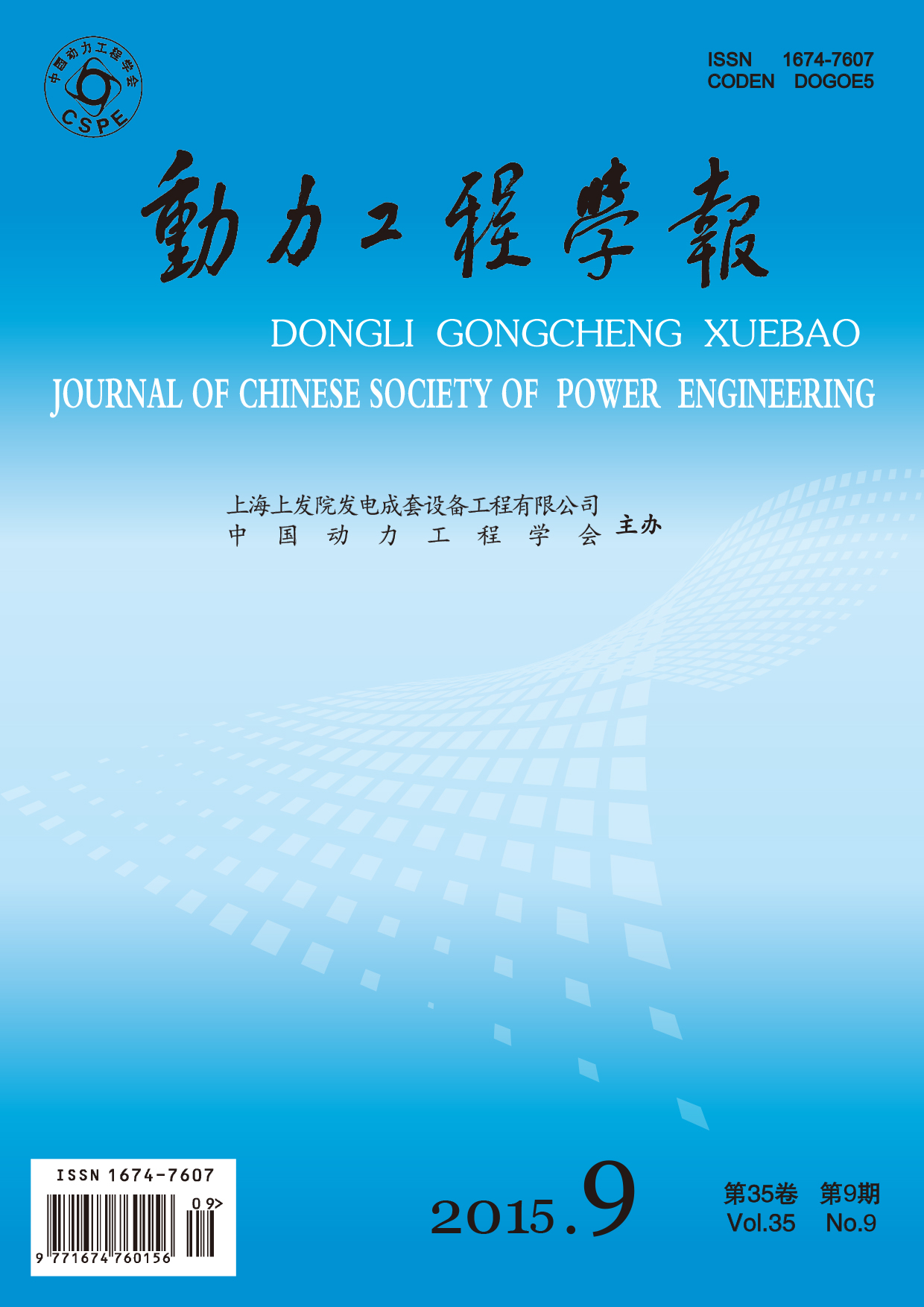Boiler Technology
ZHONG Lijin, DENG Jian, SUN Weijie, YUAN Li, FANG Qingyan,TAN Peng, ZHANG Cheng, CHEN Gang
2015, 35(9): 693-698.
Taking a 700 MW utility boiler as an object of study, which has been retrofitted for low-NOx emission, experimental tests and numerical simulation were conducted at 300 MW low load to investigate the effects of following 3 burner operation modes on the performance and coal consumption of the boiler, such as putting the burners respectively in CDEF 4 layers, DEF upper 3 layers and CDE middle 3 layers into operation. Results show that at the low load of 300 MW, the operation mode of burners has a significant effect on the reheat steam temperature and unit coal consumption. In the DEF operation mode, the flue gas temperature at entrance of platen superheater is significantly improved, the heat transfer of reheater is enhanced, resulting in greatly increased reheat steam temperature, improved turbine efficiency and reduced unit coal consumption for power generation and supply. Under the load conditions of 300 MW or below, the DEF operation mode is recommended, so as to improve the comprehensive efficiency of the unit.
